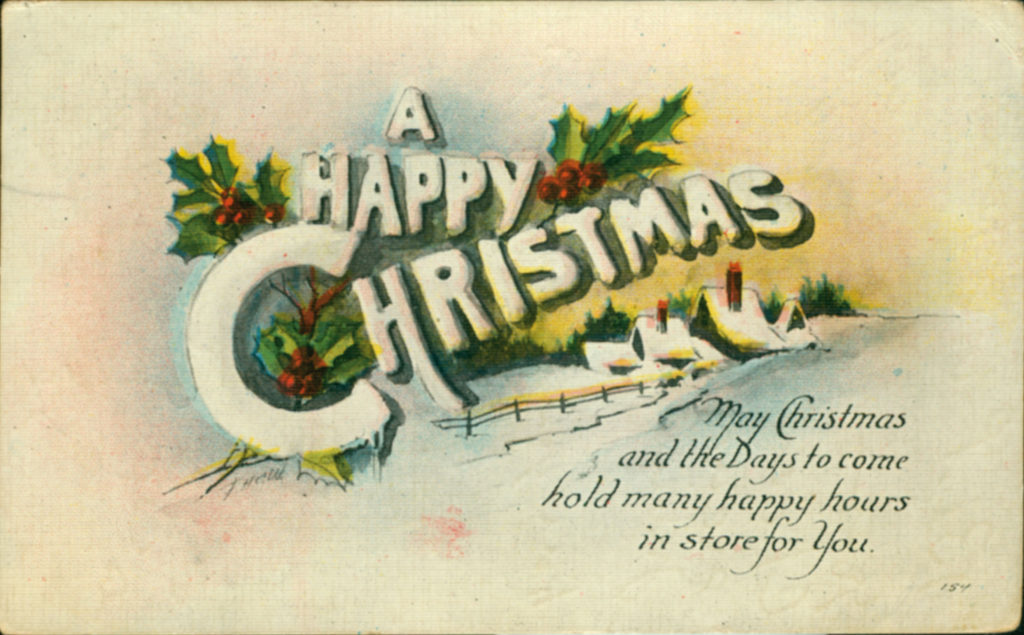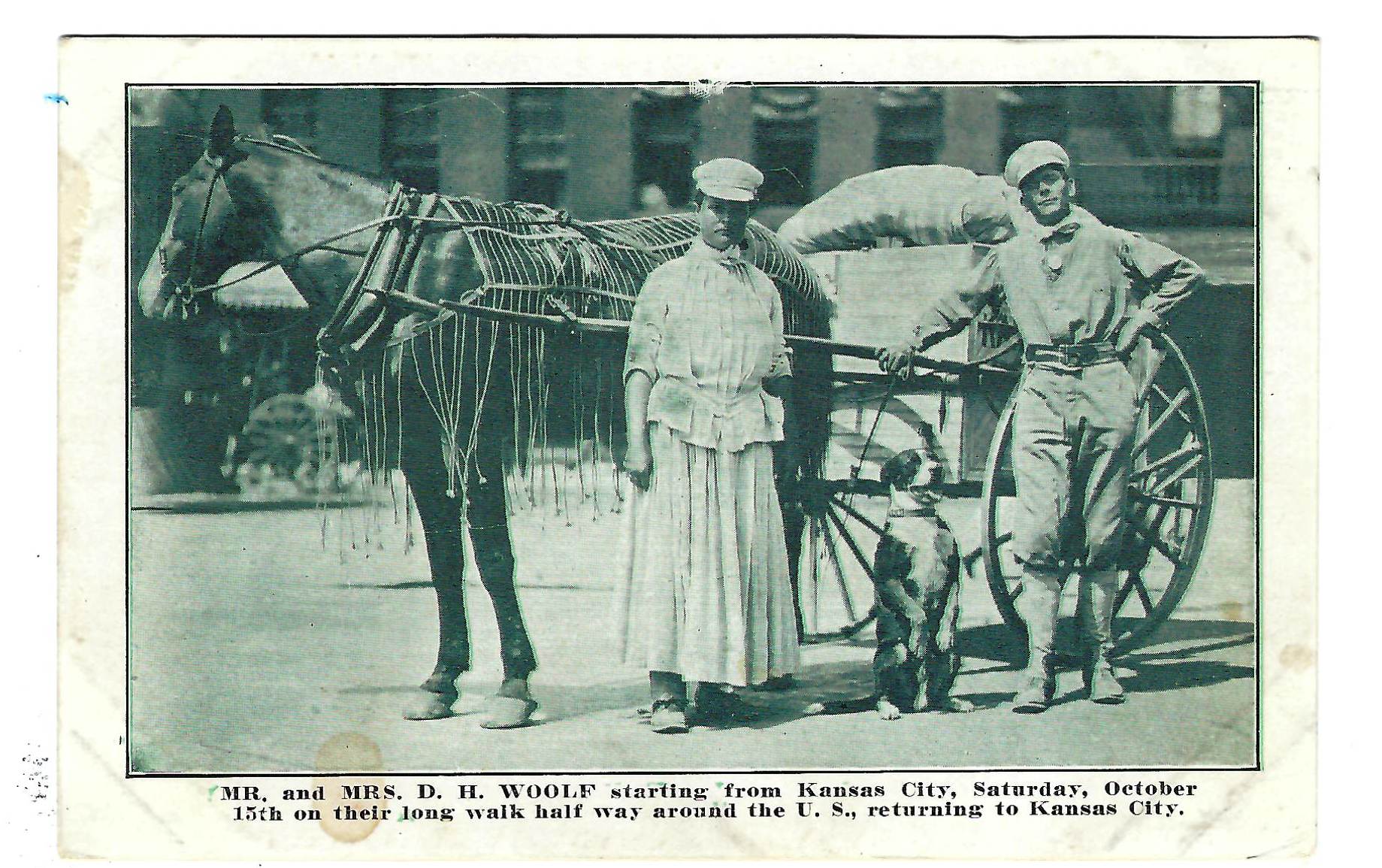By MICHAEL BUSHNELL
Northeast News
December 21, 2016
As a public communications medium, the postcard was ushered into service following the Columbian Exposition, held in Chicago in May of 1893.
Illustrations of the exhibits at the exposition were printed on government-issued postal cards and privately printed souvenir cards. Writing personal messages on the cards was prohibited on the address side of the card, which required a two-cent stamp. Five years later, Congress passed an act essentially creating the private mailing card that required only a one-cent stamp.
In 1901, Congress allowed the words “Post Card” to be printed on the back of the card. Private citizens were at last able to utilize the post card for corresponding with friends and loved ones across the country and around the world, all for the price of a one-cent stamp.
In 1907, postal rules were again changed, allowing postcards to be divided on the back, allowing space for the address and a personal message from the sender of the card. Postcard manufacturers flourished during the years leading up to World War I when most of the printing of the hand-colored cards was done in Germany due to the advanced printing techniques used there. Scenes on the front of postcards ran the gamut from a hand-colored image of a local street or landmark to cards with holiday messages on the front.
This week’s card bears the message “A Happy Christmas” on the front of the card in snowy letters, flanked with holly, berries and a pastoral scene, wishing the recipient of the card, “May Christmas and the days to come hold many happy hours in store for you.”
The card was sent to Mr. Leo M. Kelley of Russell, Penn., on Dec. 23, 1920. The message reads, “Best wishes to you for a merry Christmas and a new year. Have you seen any of the toys I sent? Much love, Julius J. Anderson.”
Postcard history dates to 1893
Related Posts
See Kansas in style, along the new Kansas Turnpike!
Michael BushnellPublisher This chrome-style postcard showcases one of the many service areas along the newly completed Kansas Turnpike. The Kansas Turnpike was the brainchild of two influential Kansans, who had…
The fabulous Walking Woolfs
Michael BushnellPublisher “Mr. and Mrs. D. H. Woolf on their walk from Kansas City to New York City. Started Monday, May 2nd, 1910. Their dog accompanied them last season through…



















